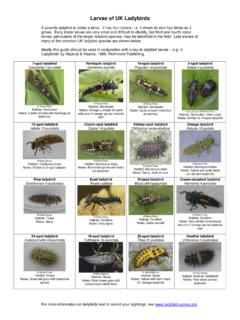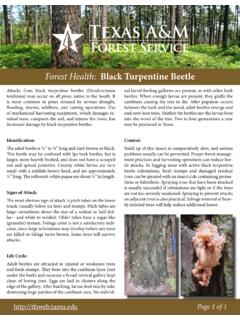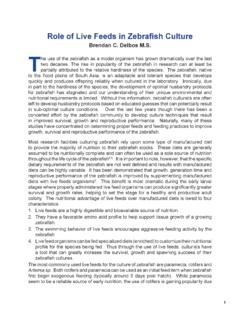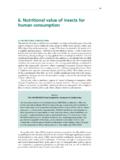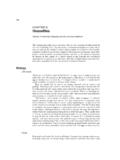Transcription of Larvae of UK Ladybirds
1 Larvae of UK Ladybirds A juvenile ladybird is called a larva. It has four instars, it sheds its skin four times as it grows. Early instar Larvae are very small and difficult to identify, but third and fourth instar Larvae , particularly of the larger ladybird species, may be identified in the field. Late instar Larvae of most of the common UK ladybird species are shown below. Ideally this guide should be used in conjunction with a key to ladybird Larvae in Ladybirds by Majerus & Kearns, 1989, Richmond Publishing. 7-spot ladybird Coccinella 7-punctata Robert Frost Habitat: Generalist Notes: 4 pairs of coloured markings on abdomen Harlequin ladybird Harmonia axyridis Mike Majerus Habitat: Generalist Notes: Orange L-shape on each side plus 4 orange spines towards rear 14-spot ladybird Propylea 14-punctata Gilles San Martin Habitat: Generalist Notes: Quite smooth (hairs but no spines) 2-spot ladybird Adalia 2-punctata Gilles San Martin Habitat: Generalist Notes: Similar to 10-spot ladybird 10-spot ladybird Adalia 10-punctata Remy Poland Habitat: Deciduous trees Notes: Similar to 2-spot ladybird Cream-spot ladybird Calvia 14-guttata Gilles San Martin Habitat: Deciduous trees Notes.
2 Branched spines with hairs on abdomen Kidney-spot ladybird Chilocorus renipustulatus Gilles San Martin Habitat: Deciduous trees Notes: Long, branched bristles Orange ladybird Halyzia 16-guttata Stephen Plant Habitat: Deciduous trees Notes: Yellow with pale head (cf. 22-spot ladybird) Pine ladybird Exochomus 4-pustulatus Richard Comont Habitat: Trees Notes: Short bristles Eyed ladybird Anatis ocellata Gilles San Martin Habitat: Conifers Notes: Very spiny Striped ladybird Myzia oblongoguttata Remy Poland Habitat: Conifers Notes: Quite smooth Cream-streaked ladybird Harmonia 4-punctata Gilles San Martin Habitat: Conifers Notes: Very similar to harlequin but only 2 orange spines towards rear 24-spot ladybird Subcoccinella 24-punctata Robert Frost Habitat: Grass Notes: Greenish-grey with branched spines 16-spot ladybird Tytthaspis 16-punctata Gilles San Martin Habitat: Grass Notes: Pale brown-grey with conspicuous black hairs 22-spot ladybird Psyllobora 22-punctata Robert Frost Habitat.
3 Grass Notes: Yellow with dark head (cf. Orange ladybird) Heather ladybird Chilocorus 2-pustulatus Gilles San Martin Habitat: Heather heathland Notes: Pale stripe across abdomen For more information on Ladybirds and to record your sightings, see
